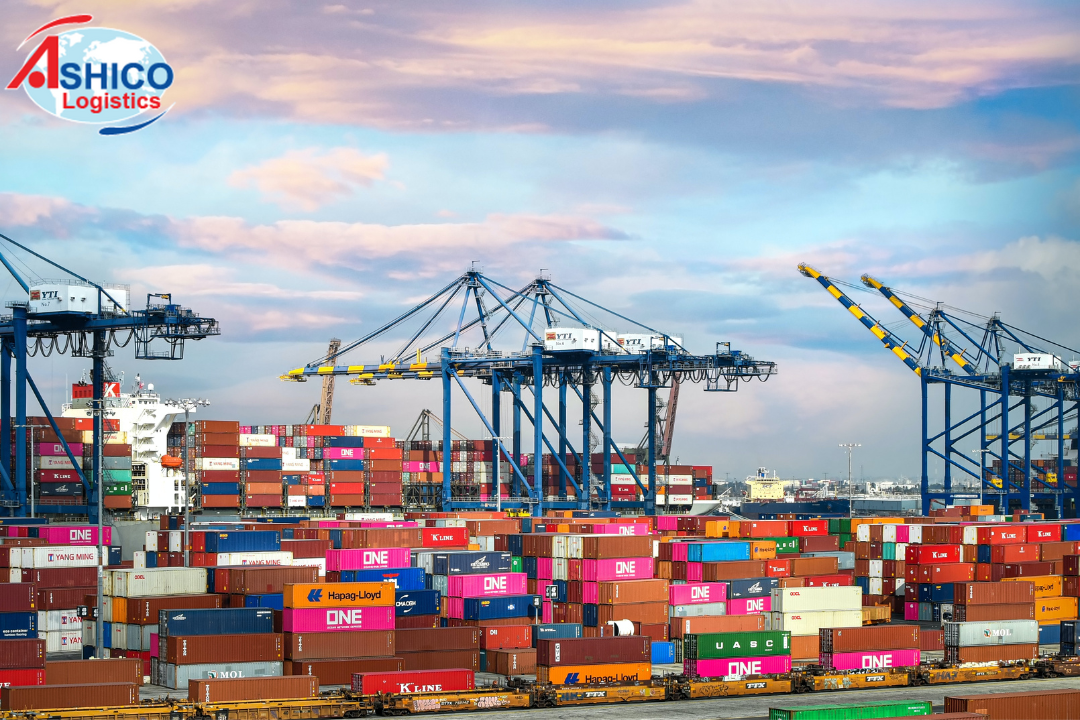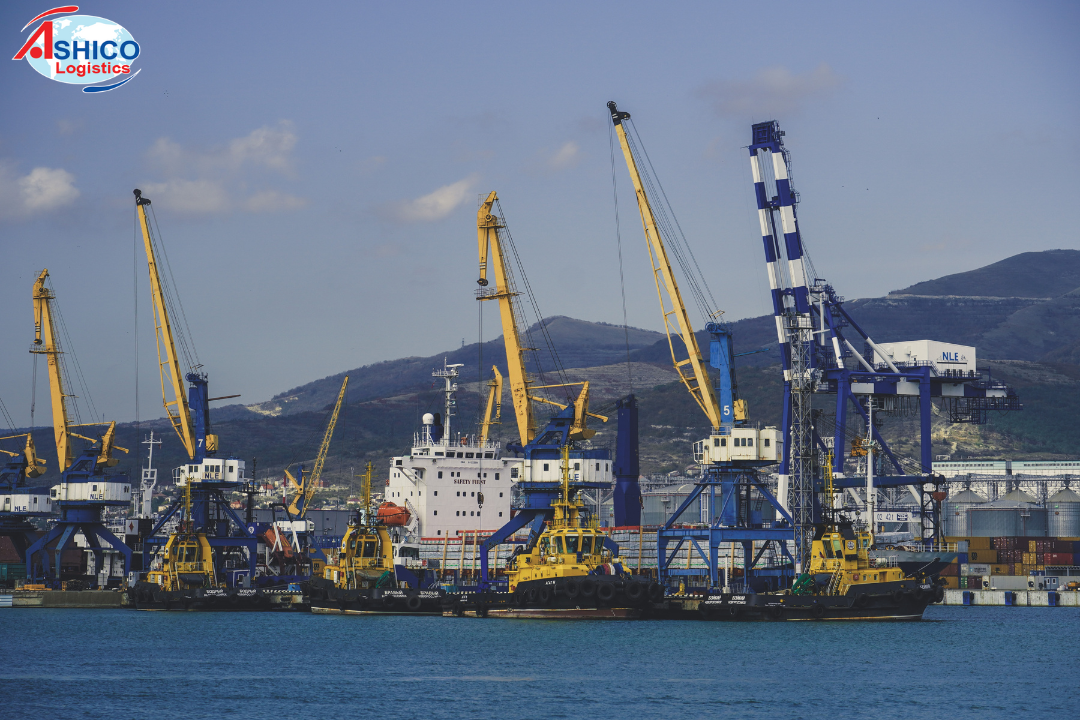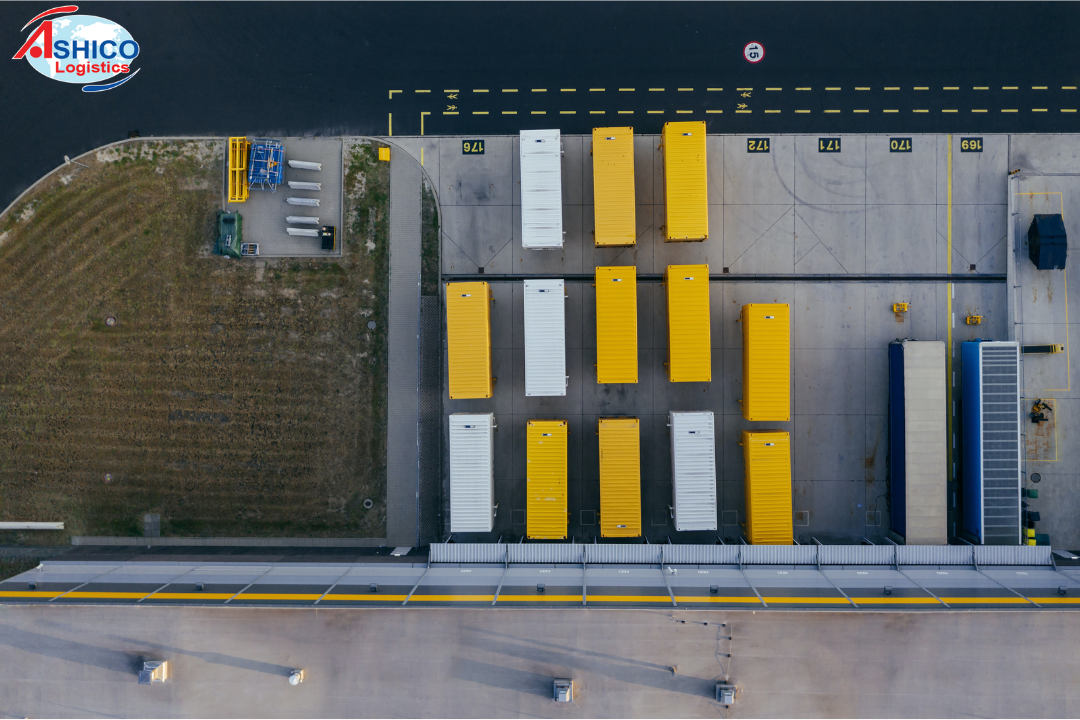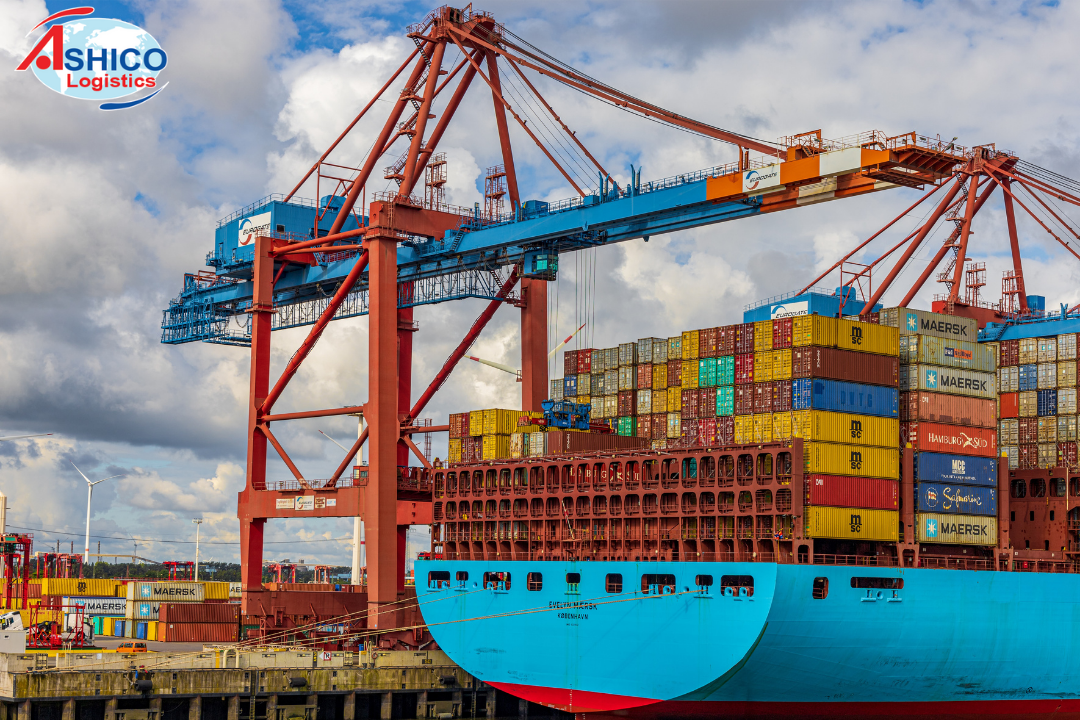
E-commerce logistics is expected to reach more than 1,901 billion USD by 2030
The global e-commerce logistics market is expected to reach $1,901.97 billion by 2030, growing at a CAGR of 23.5% from 2021 to 2030.
In the report of Research and Markets, the e-commerce logistics market was surveyed on the factors of service type, operating area and market.
Specifically, in terms of service types, the e-commerce logistics market is divided into two types: transportation and warehousing. The transportation segment dominates in overall e-commerce logistics activities and it is expected that this trend will continue to grow in the period from 2021-2030.

However, recently, the type of warehouse service is also forecast to rapidly grow. The reason is that warehouses have changed in size, operating procedures and locations depending on customer segments, products, online sales rates and delivery methods. Technological advancements are also applied in the warehouse as required by e-commerce and logistics operations. At the same time, the constant monitoring of weight, expiry and other details in each product creates the potential for growth in this type of warehouse service.
Regarding the operating area, the e-commerce logistics market was surveyed on two aspects including the domestic market and the international market. According to the report, the international segment accounts for 3/5 of revenue in global e-commerce logistics and is forecast to continue to grow until 2030. This is explained by the majority of SMEs diversifying exports to increase market share and customer base.
The domestic segment will also see strong growth when the CAGR (Compound Annual Growth Rate) reaches 25.3% during the survey period. Domestic e-commerce opens up opportunities for small businesses and individuals to participate in commercial activities to reduce costs and increase sales, especially in developed and developing countries. These factors help increase revenue from the domestic e-commerce logistics market.
The report of Research and Markets surveys the market including Europe, Asia-Pacific, North America and LAMEA (including Latin America, Middle East and Africa). The North American region accounts for 2/5 of the global e-commerce logistics market revenue in 2020. The strong growth of digital infrastructure and B2C sales facilitates the development of the e-commercelogistics market in North America.

Market survey report Europe, Asia-Pacific, North America and LAMEA. Photo: Research and Markets
In terms of growth rates, the Asia-Pacific region is expected to experience the fastest compound annual growth at 28.2%. The reason comes from strong economic growth and rapid development in logistics services. This motivates companies and organizations to step up investment in the e-commerce logistics market to maintain growth and improve productivity.
Not only providing forecasts, the report of Research and Markets also explains the causes of the development and challenges of the global e-commerce logistics market.
According to Research and Markets, the outbreak of Covid-19 brings a positive change to the development of e-commerce logistics. The growth comes from many reasons. In particular, cheap and diverse goods have created a revolution of goods for the e-commerce logistics market. In addition, the development of C2C and B2C e-commerce platforms has boosted domestic and international e-commerce demand. At the same time, the growth of the market is driven by factors such as the increase of cross-border sales activities, sales of foreign goods, the popularity of the Internet especially in developing countries.
Besides, the explosion of e-commerce has brought a great impact on the growth of the e-commerce logistics market. Improved customer and supplier relationships will drive the growth of this logistics operation.
However, legal issues are assessed to become barriers in the development of the market. Currently, logistics companies are applying advances in technology to provide solutions in the supply chain to serve the requirements of users. In addition, business analysis also supports experts in the field of e-commerce logistics.









